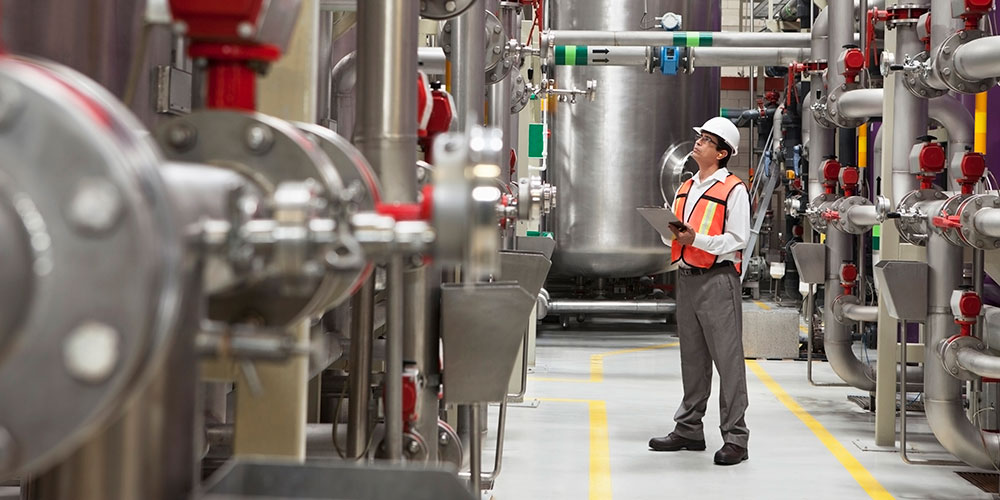industry-news
Local Efficiency Insulation Rebates
May 11, 2021

It’s sad but true—most people don’t think about their mechanical insulation systems until something goes wrong. But to have truly effective insulation that generates a positive ROI, it can’t the right approach is not to “set it and forget it.” Problems arise when mechanical insulation is neglected. But there are a few simple habits that are low-maintenance and easy to implement that could help save your insulation and increase its lifecycle. These tips will help you spot small problems–before they become bigger problems.
One of the easiest ways to keep your mechanical insulation system in check is to perform quick visual inspections every few weeks or months. Get in the habit of checking specifically for signs of damage, including:
The best way to visual inspections into a habit is to schedule specific times to perform them. Consider documenting how frequently you plan to inspect your insulation in a mechanical insulation maintenance plan, then be sure to actually follow through with your plan.
An insulation survey is more in-depth than a simple visual inspection. An insulation survey should involve documenting each area of insulation, and making a list of the damaged or missing sections. At each site, this might include:
With this information, you can begin to determine an estimate of the energy wasted by ignoring the problems, the cost of wasted energy, and the excess of carbon dioxide generated from emissions.
For a variety of reasons, mechanical insulation is often subjected to wear and tear throughout its lifecycle. Normal wear and tear often results from:
Many people do not understand or appreciate the effects of one small hole in a mechanical insulation system. Educating personnel as to the real cost of damaging a mechanical insulation system yields long-term dividends in the form of saving money on repairs and replacements. Make it clear to staff that insulation maintenance is something to be taken seriously.
One of the best ways to save your mechanical insulation system is to have it regularly inspected and repaired by an insulation contractor. If you performed an insulation survey and discovered that your system has missing or damaged sections, consult an insulation contractor to determine the best course of action. Neglecting to repair insulation will result in a host of negative consequences, including increased energy costs and emissions, decreased personnel safety, and Corrosion Under Insulation, to name a few.